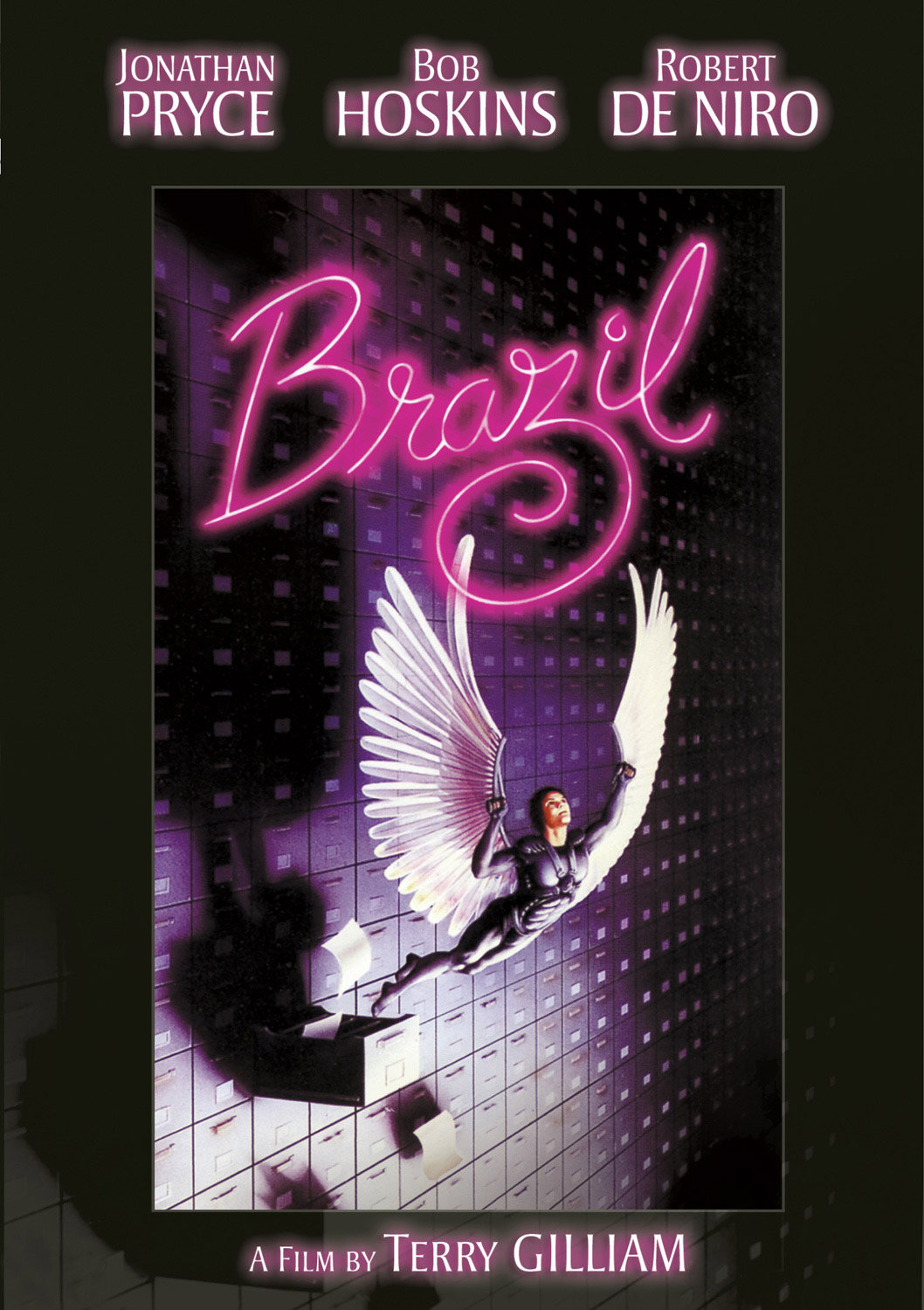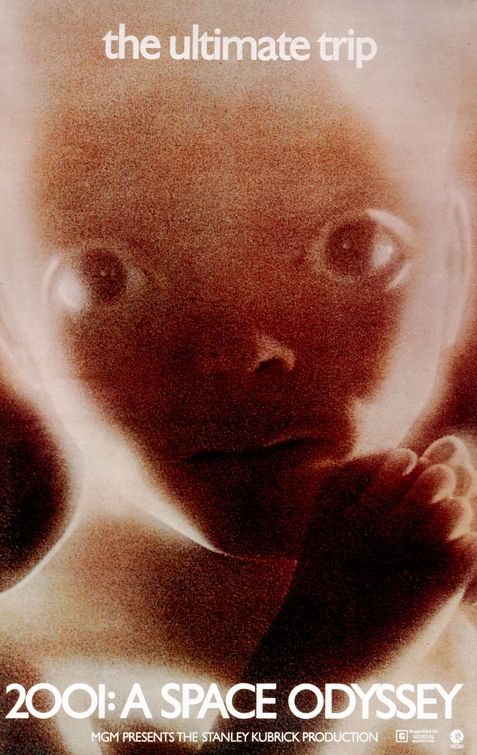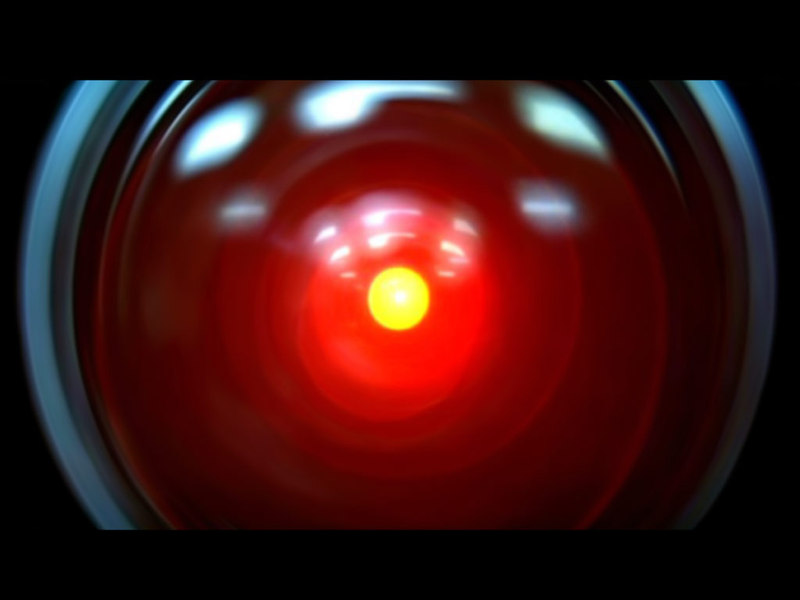Roger Ebert in 1986 vs. Keith Breese in 2006
Terry Gilliam’s Brazil remains a popular ‘cult film’ and is generally considered an “intellectually loaded and visually remarkable masterpiece.” (McCarthy 32). However, Roger Ebert’s final verdict in 1986 was two out of five stars (Ebert, “Brazil”). Twenty years later Keith Breese and many other critics give the film five out of five stars (Breese, “Brazil”). The turbulent history of Brazil left multiple versions available, and while Keith Breese reviewed the Criterion Collection DVD and the 142 minute “Directors Cut” Roger Ebert, in 1986, would have viewed the 132 minute “American Cut.” Although the ten-minute difference exists it is irrelevant to their overall reactions to the film. Their opposite opinions come from both a difference in taste and from the different political climate at the time of their review, and it illustrates twenty-years of change in both Hollywood and the rest of the world.
Roger Ebert is one of the few recognizable film critics in the world. He has worked for the Chicago Sun-Times since 1967, he won the Pulitzer Prize for criticism in 1975, is syndicated in more than 200 international newspapers, he has written 15 books, and for 23 years he co-hosted “Siskel & Ebert” with the late Gene Siskel (rogerebert.com). In his long career Ebert has built a reputation for himself as a film expert and reliable critic. In his review, following a summary of the film, Ebert compares Brazil to the “lean and dour” film of 1984 released the previous year, and states that Brazil “seems almost like a throwback to the psychedelic 1960s, to an anarchic vision in which the best way to improve things it to blow them up.” Ebert considers further contrasts with 1984 claiming that Brazil “apparently has had no financial restraints…[and] is awash in elaborate special effects, sensational sets, … and a general lack of discipline.” He concludes with a mention of his favorite scene:
Sam moves into half an office and finds himself engaged in a tug-of-war over his desk with the man through the wall. I was reminded of a Chaplin film, "Modern Times," and reminded, too, that in Chaplin economy and simplicity were virtues, not the enemy. (Ebert, “Brazil”)
Keith Breese is a critic from Denver working for Filmcritic.com. The website was founded in 1995 and hosts thousands of reviews with feature stories contributed by twenty critics from around the world. Breese’s review also summarizes the film, but then focuses on the prophetic nature of Brazil. He hints at Brazil’s prediction of the 11 September 2001 attacks on New York, how “In 1985 audiences scoffed at the idea of terrorists infiltrating the government and waging war on corporate interests.” Breese concludes by saying Brazil “had its fingers firmly on the pulse of world culture and the erratic beat telegraphed The End long before the War on Terror.”
The key difference between the two reviews is the time in which the authors were viewing the film. Roger Ebert was viewing it in a time when the media and popular culture was obsessed with George Orwell’s book, when the Cold War still continued, and when Hollywood was moving through a period of upheaval due to visual effects and the success of big-budget summer blockbusters Star Wars (1977), Raiders of the Lost Ark (1981), and Blade Runner (1982). George Orwell had become a popular topic because the year 1984 had finally arrived and people were eager to pass judgment on whether Orwell had been proven right or wrong. Twenty years later, Keith Breese reviewed the Criterion Collection release of Brazil at the height of the controversial Bush administration. The attacks of 11 September 2001, the controversial prisons at Abu Ghraib and Guantanamo Bay, secret wire-tapping, the Patriot Act, and the unending Iraq war had altered political reality. In Hollywood there had been a re-emergence of the classical epic (Gladiator, 2000), the musical (Chicago, 2002) and the start of the modern super-hero movie (Batman Begins, 2005). The reviews’ differences are products of their environments. Ebert remains skeptical because from the position of 1986 some of the elements in Brazil were too fantastical to be believed, but in 2006 Breese saw how those same fantastical elements had been surpassed by reality.
When Roger Ebert considered the film’s “general lack of discipline” he was a decade ahead of the mind-bending visual styles of Terry Gilliam’s later film Fear and Loathing in Las Vegas (1998), David Fincher’s Fight Club (1999), or Darren Aronofsky’s Requiem for a Dream (2000). As with most groundbreaking Hollywood films, Brazil is a stylistic but by no means undisciplined film by today’s standards. Keith Breese called Brazil’s “Theatre of the Absurd” both “surprisingly consistent and emotionally charged.” This difference could be from a place of personal taste, but Ebert’s review stands alone on Rotten Tomatoes (RT) as the only review from the film’s first run in 1986. His is also the only one of forty to give it a negative rating. Modern audiences have caught up to Gilliam’s original idea so that Breese can accurately call the film “visionary.” Considering the uneasy production and release of Brazil it is a remarkable achievement by Terry Gilliam to have stayed as consistent as he did.
A difference in opinion over a twenty-year gap is common for films given the status of cult classic. 12 Angry Men (Lumet 1954), A Clockwork Orange (Kubrick 1971), and Donnie Darko (Kelly 2001) are examples of movies that failed in their initial release only to find classic status in later years (McCarthy 5). Brazil’s genius is in its timelessness. Ebert considered the film’s setting “a time and place that seems vaguely like our own,” and Breese calls it a “retro-future totalitarian state.” Both saw the same timeless attitude that Gilliam had adapted from Kafka’s The Trail (McCarthy 32), but because they watched the film in two radically different times they applied the timeless quality to their contemporary lives in different ways. Ebert saw an indulgent and over-budget attempt to follow the trend of glamour without substance that was “filmed … heedless of sense.” Breese saw a “surrealist manifesto … a pop culture cartoon explosion wrapped over an epic tale of the everyman.” In the book accompanying the DVD, Jack Mathews explains that Brazil “needs to be seen over and over to be fully appreciated.” This explains the difficulty Gilliam faced in getting his film released because “Hollywood is not geared to marketing movies that demanding.” (Mathews 3). The style of the film combined with the detail of its satire make Brazil a well-aged film that created the change necessary to convert two stars into a five.
Works Cited
Brazil: The Final Cut. Dir. Terry Gilliam. 1985. DVD. Criterion Collection, 2006.
Breese, Keith. "Brazil." Rev. of Brazil, by Terry Gilliam. Filmcritic.com 9 May 2006
Ebert, Roger. "Brazil." Rev. of Brazil, by Terry Gilliam. The Chicago Sun-Times 17 Jan. 1986
filmcritic.com. 1995-2009. Christopher Null. 26 Feb 2009 <www.filmcritic.com>
Mathews, Jack. "Dreaming Brazil." Brazil: The Final Cut. Criterion Collection, 2006.
McCarthy, Soren. Cult Movies in Sixty Seconds. Great Britain: Fusion Press, 2003.
rogerebert.com. The Chicago Sun-Times. 26 Feb 2009 <www.rogerebert.suntimes.com>
RT, Rotten Tomatoes. 26 Feb 2009 <www.rottentomatoes.com/m/1003033-brazil>







